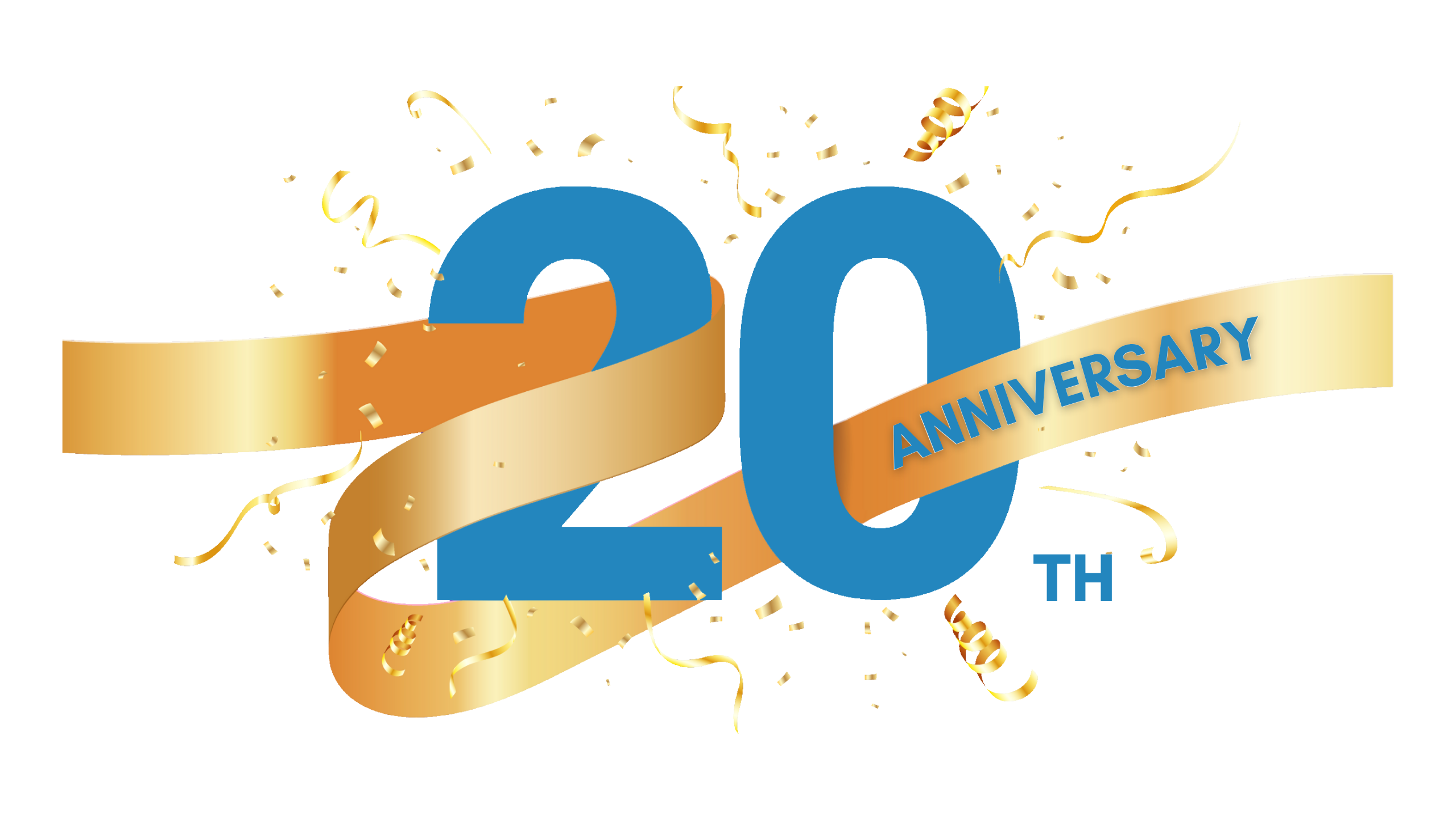* Terms and Conditions apply.


A B C D E F G H I J K L M N O P Q R S T U V W X Y Z
valence: in psychology, especially in discussing emotions, means the intrinsic attractiveness (positive valence) or aversiveness (negative valence) of an event, object, or situation.
validity: the extent to a test measures what it claims and was intended to measure.
values: involves one's principles or standards or judgments about what is valuable or important in life.
variable: in an experimental setting, any measured factor which shows variation across cases or conditions.
variable interval schedule: in operant conditioning, a schedule of reinforcement determined by the average time interval which must elapse since the last reinforcerbefore a response will be reinforced.
variable ratio schedule:in operant conditioning, a schedule of reinforcement determined by the average number of responses required to receive a reinforcer.
variability:in statistics, the dispersion of scores within a set of data.
ventro-medial hypothalamus: section of the hypothalamus, that when lesioned in a rats brain, the rat will demonstrate abnormal appetitive behaviour.
vicarious learning: see observational learning.
vicarious reinforcement: learning behaviour by observing others being rewarded for the behaviour.
visual agnosia: a general term for disorders which occur as a result of disruption of visual recognition.
visual cliff: an apparatus used to assess an infant's perception of depth, comprised of a thick pane of glass that covers a shall drop and a deep drop. Surfaces of both are covered with the same chequered pattern; however children of six months and older will not explore the deep?side which demonstrates depth perception.
visual pathways: the routes by which nerve impulses travel from the retina to the visual areas of the brain.
visual perception: the process by which sensory information from the eyes is transformed to produce an experience of depth, distance, colour, etc.
volume:an increase in magnitude of vibration in the air (measured in decibels). Sounds increase in volume as the amplitude of the waves increases.
voluntary response: a response which is controlled by the individual rather than being elicited by specific stimuli as reflexes are.
volunteer bias: participants who volunteer for a research investigation may differ on particular characteristics from non-volunteers, therefore comprising a non-representative sample.
A B C D E F G H I J K L M N O P Q R S T U V W X Y Z